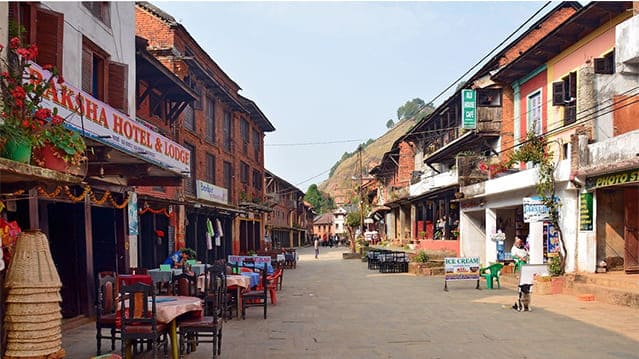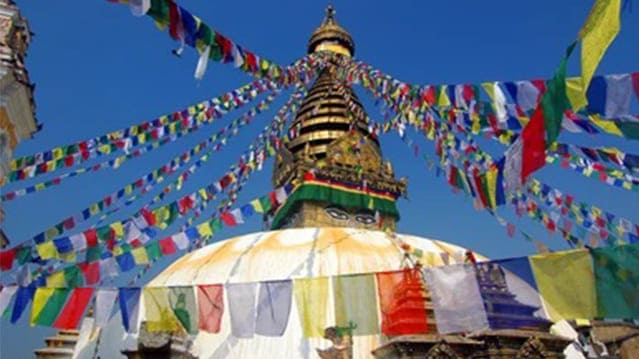
Kathmandu, the largest city of Nepal, is the political as well as cultural capital of the country. Kathmandu is a city where ancient traditions rub shoulders with the latest technological advances. However, it is the grandeur of the past that enchants the visitor whose gaze may linger on an exquisitely carved wooden window frame, an 18th century bronze sculpture or the spiritually uplifting stupas. Like any big city, Kathmandu has seen rapid expansion in the last decade, but despite the hustle and bustle so typical of metropolitan cities, its people remain as refreshingly friendly as ever. Retaining its ancient traditions, Kathmandu is blessed by a Living Goddess and is enriched by endless ceremonial processions and events that take to the streets every now and then with throngs of devotees seeking blessings. These religious festivals are steeped in legend and are quite a spectacle with chariot processions and masked dancers often possessed by the spirits of deities.
contact NowPokhara’s tranquil beauty has been the subject of inspiration for many travel writers. Its pristine air, spectacular backdrop of snowy peaks, blue lakes and surrounding greenery make it ‘the jewel in the Himalaya’, a place of remarkable natural disposition. With the magnificent Annapurna range forming the backdrop and the serenity of the Cluster of 9 Lakes with three major ones - Phewa, Rupa and Begnas – Pokhara is a great destination for a weekend getaway as well as a long relaxing holiday. Pokhara Valley, gateway to the Annapurna region where many a trekker finds his Shangri-la, sits high on the list of ‘must visit’ places in Nepal. Pokhara once lay on the important trade route between India and Tibet. To this day, mule trains set up camps on the city outskirts, bringing goods from remote Himalayan regions including Mustang. Gurungs and Magars, who have earned world-wide fame as fierce Gurkha warriors, are predominant here. Thakalis, indigenous of the Thak Khola region of Mustang, are known for their entrepreneurship and run tea houses along the trek routes in the Annapurna region. The Pokhara is best known for the stunning view of the Annapurna range. It is perhaps one of the few places on earth from where mountains above 6,000 m can be seen unobstructed from an altitude of 800 m within the distance of 28 km.
contact Now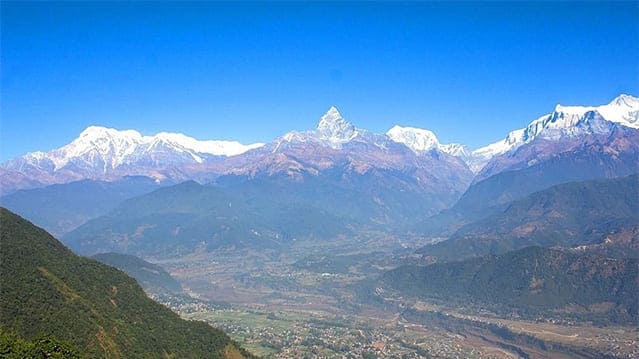
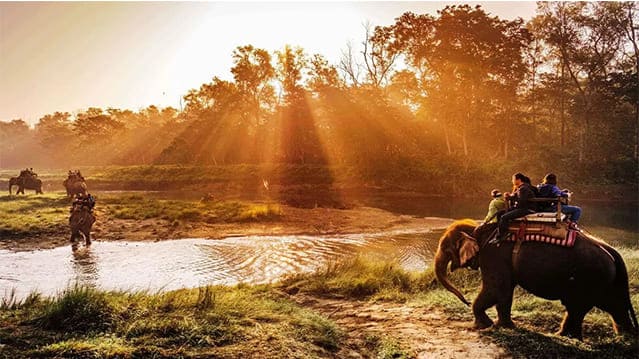
Chitwan literally means “heart of the jungle”. The popular Inner Terai valley gets its name from Chitrasen, the Tharu King, who once ruled here. In the southwest corner of Bagmati Province, Chitwan lies between foothills of the Himalaya, the Mahabharat and Siwalik ranges. The region called Chitra Ban in earlier references used to be dense forest abounding in wild animals and resorted by recluse sages meditating deep in the forests. In recent years Chitwan National Park tops the list of things to do in Asia. It is an exciting jungle experience with - jungle safaris, birdwatching, canoe rides and numerous other nature and jungle activities. While the jungles are teeming with wild animals like tigers, leopards and rhinos, along the marshes and rivers are gharial and marsh mugger crocodiles basking in the sun.
contact NowLumbini, the birthplace of lord Budhha and home to world-renowned monasteries, is the third-largest province in Nepal. The province is named after the holy pilgrimage site of Lumbini in the Rupandehi District. With an area of 22,288 square kilometers (8,605.44 sq. mi), the province covers about 15.1% of the country's total area. Lumbini has a humid subtropical climate and experiences four seasons. The largest national park in the Terai, Bardia National Park is also situated in this province and consists of a beautiful, unblemished wilderness filled with Sal forests, diverse flora and fauna, and alluvial washes of the Karnali River. Rani Mahal, which was a palace built in Palpa in 1893, still stands alongside the Gandaki river.
contact Now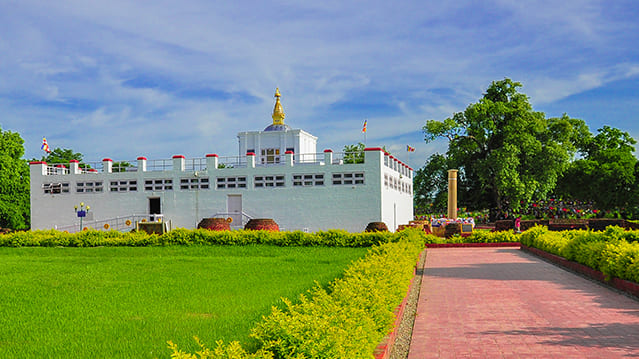
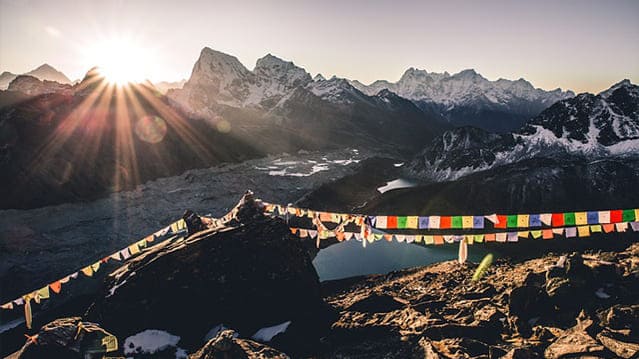
The Everest region in Nepal is more than just climbing and trekking, it is a life-changing experience and some see it as a journey close to achieving Nirvana. Located in the northeastern province of Nepal, this region is in a world of its own with vast glaciers, icefalls, the highest mountains, deep valleys, precarious settlements, and hardy people challenging the harshest conditions thrown at them by nature in the thin air of high altitude. Passing through legendary Sherpa villages, the trek is a mix of deep cultural and spiritual experiences and physical challenges that test your strength and endurance. Buddhist lamas, monks and nuns led by Rinpoches (reincarnate at mas) serve the predominantly Sherpa communities from their gompas (monasteries). The journey to Everest or Everest Base Camp begins with a dramatic flight from Kathmandu to Lukla, after which you hike up the Everest region to reach your destination in the Himalayas. However, for die-hard lovers of trekking, there is another switchback starting from Jiri through the mid-hills of Solu, an ethnically diverse section of the trek rich. For those with sufficient time, a 10-12 day trek through Solu to the Khumbu and the Sagarmatha National Park is an excellent itinerary both in terms of acclimatization and to observe the changing customs, traditions, and lifestyles as you go from the lower altitude settlements to those in the higher altitudes.
contact NowThe Newari town of Bandipur is one of central Nepal's hidden gems. It combines traditional village architecture, epic Himalayan views, lovely countryside walks, local adventure sports, and excellent accommodation. It's also an ideal place to break up the drive between Pokhara and Kathmandu while getting a relaxing taste of rural Nepal in the process. Perched on a saddle high above the Kathmandu-Pokhara highway, Bandipur consists of a single flagstoned street lined on both sides with traditional wooden Newari architecture. Once an important stop on the trade route to Tibet, the former merchants' homes you'll find in this town have today been mostly converted into guesthouses and cafes. However, a few traditional shops remain, and their 18th-century architecture remains utterly charming. Here, crimson bougainvillea flowers cascade off wooden balconies, and ancient temples peek out from every street junction. The complete lack of vehicles and their tooting horns is a particular joy, especially if you've spent any time in polluted and crowded Kathmandu.
contact Now